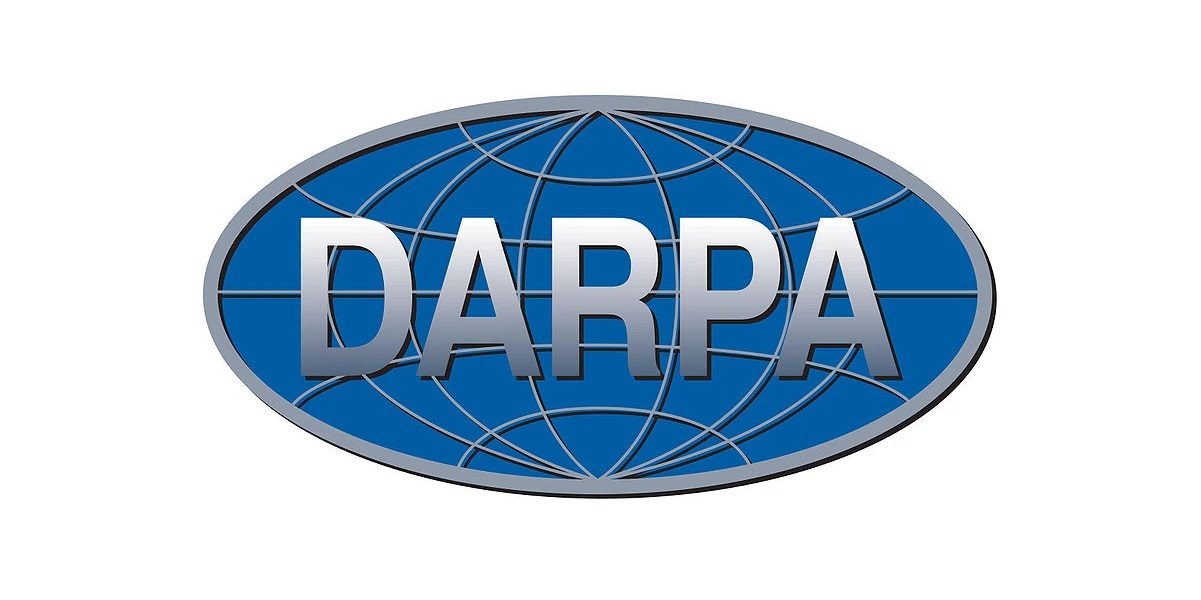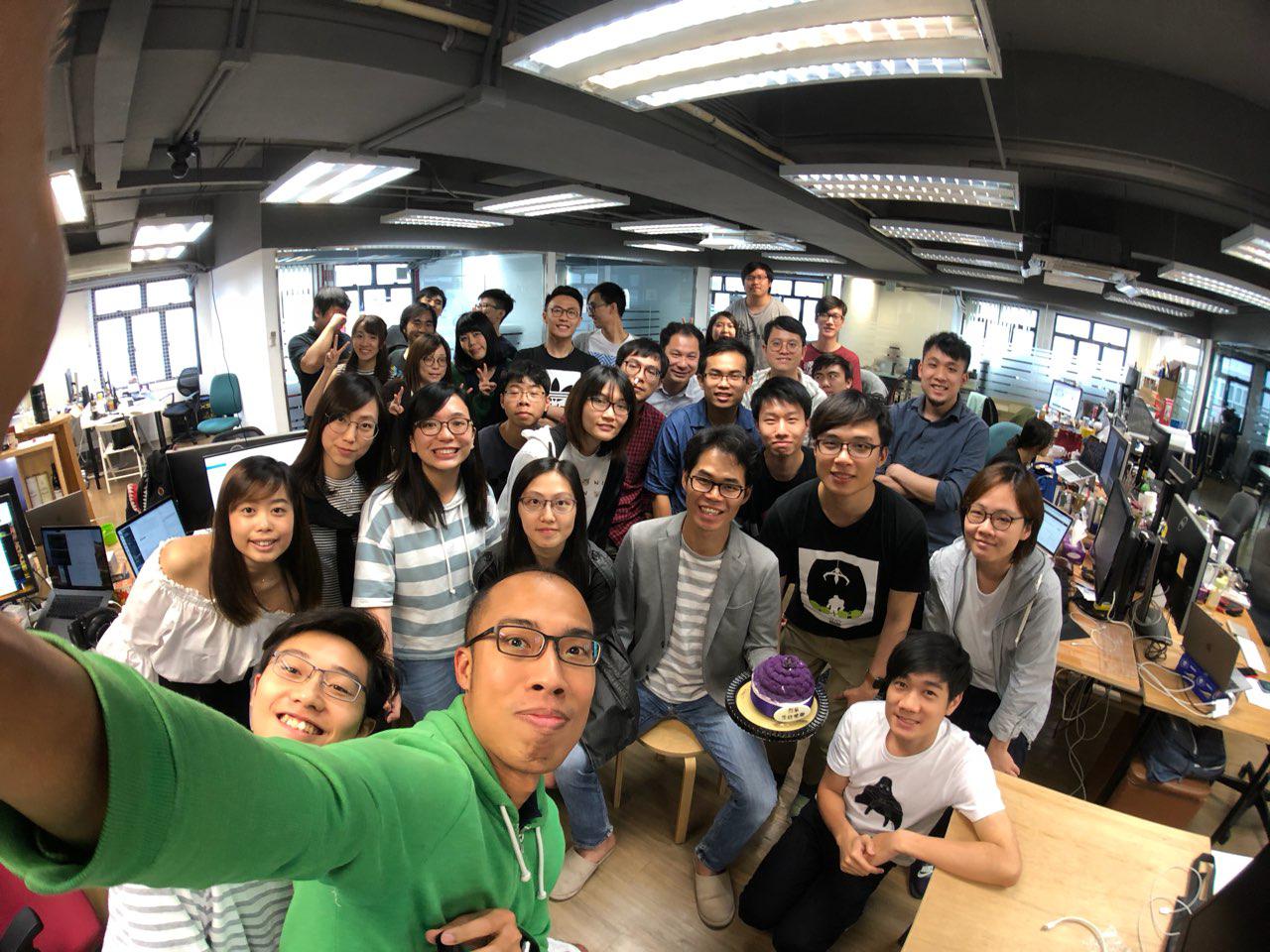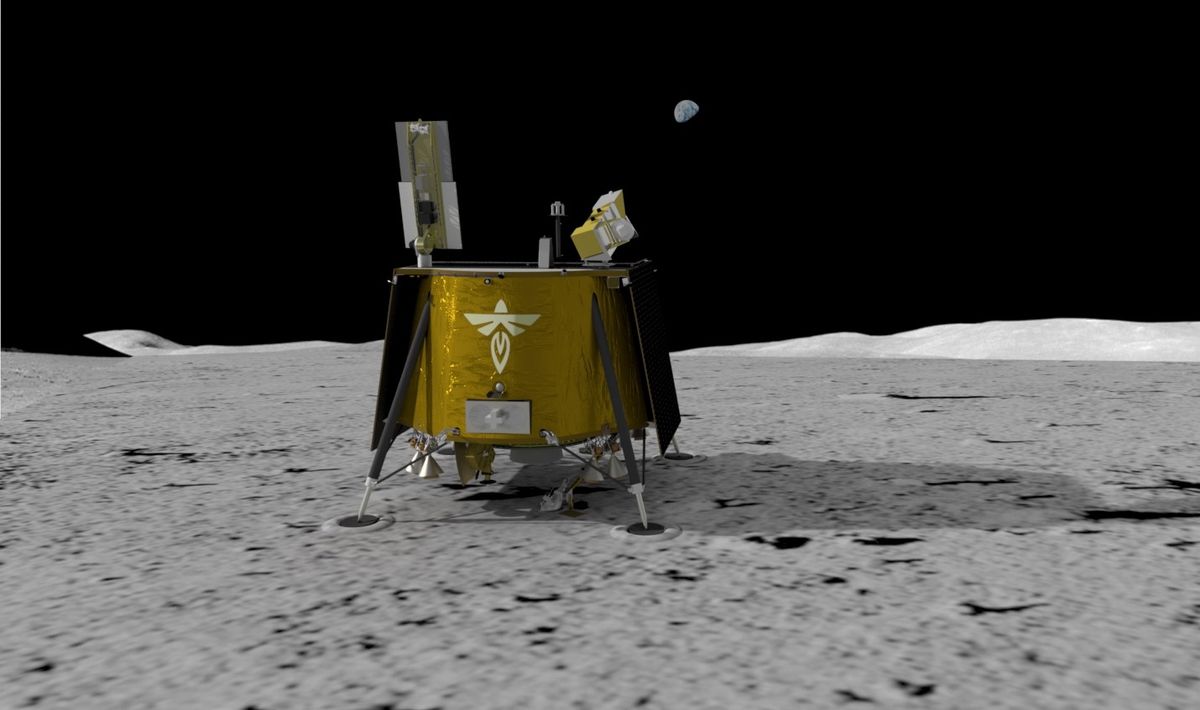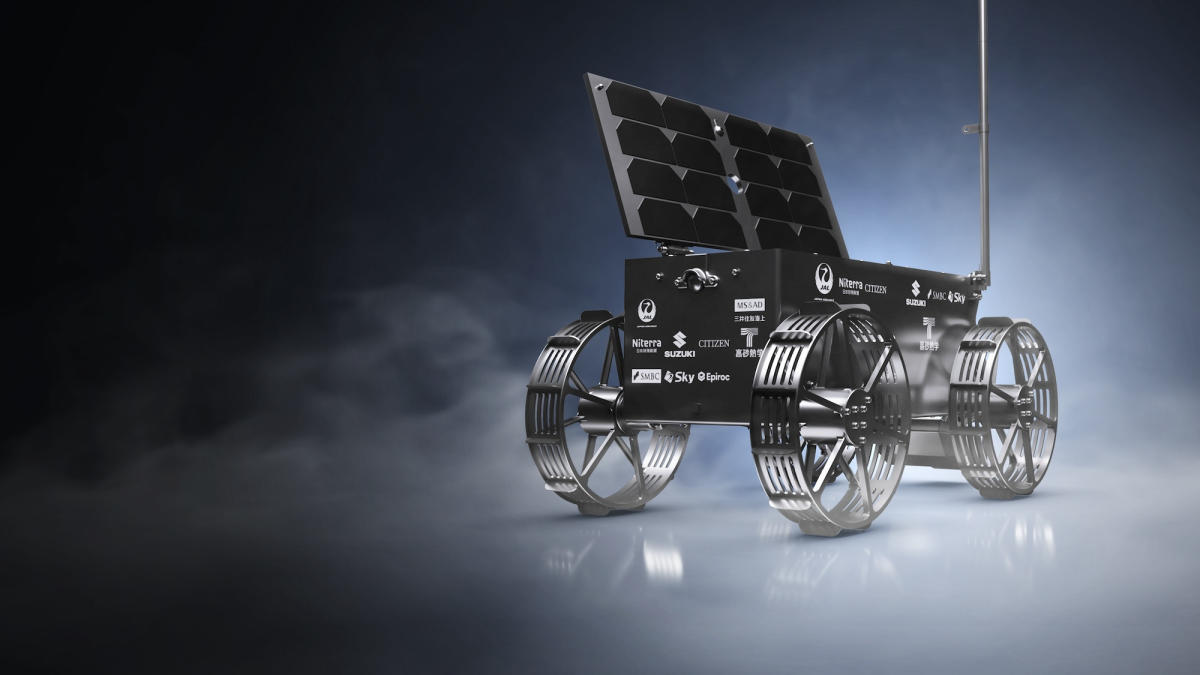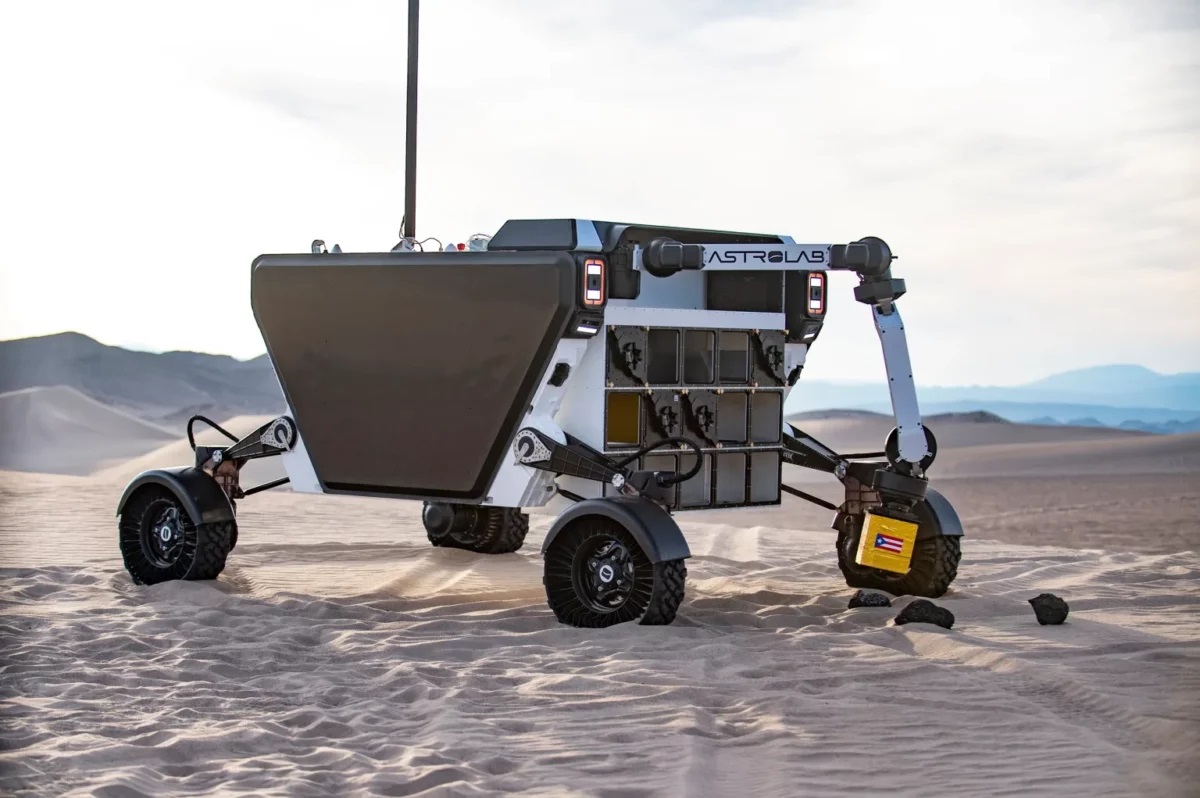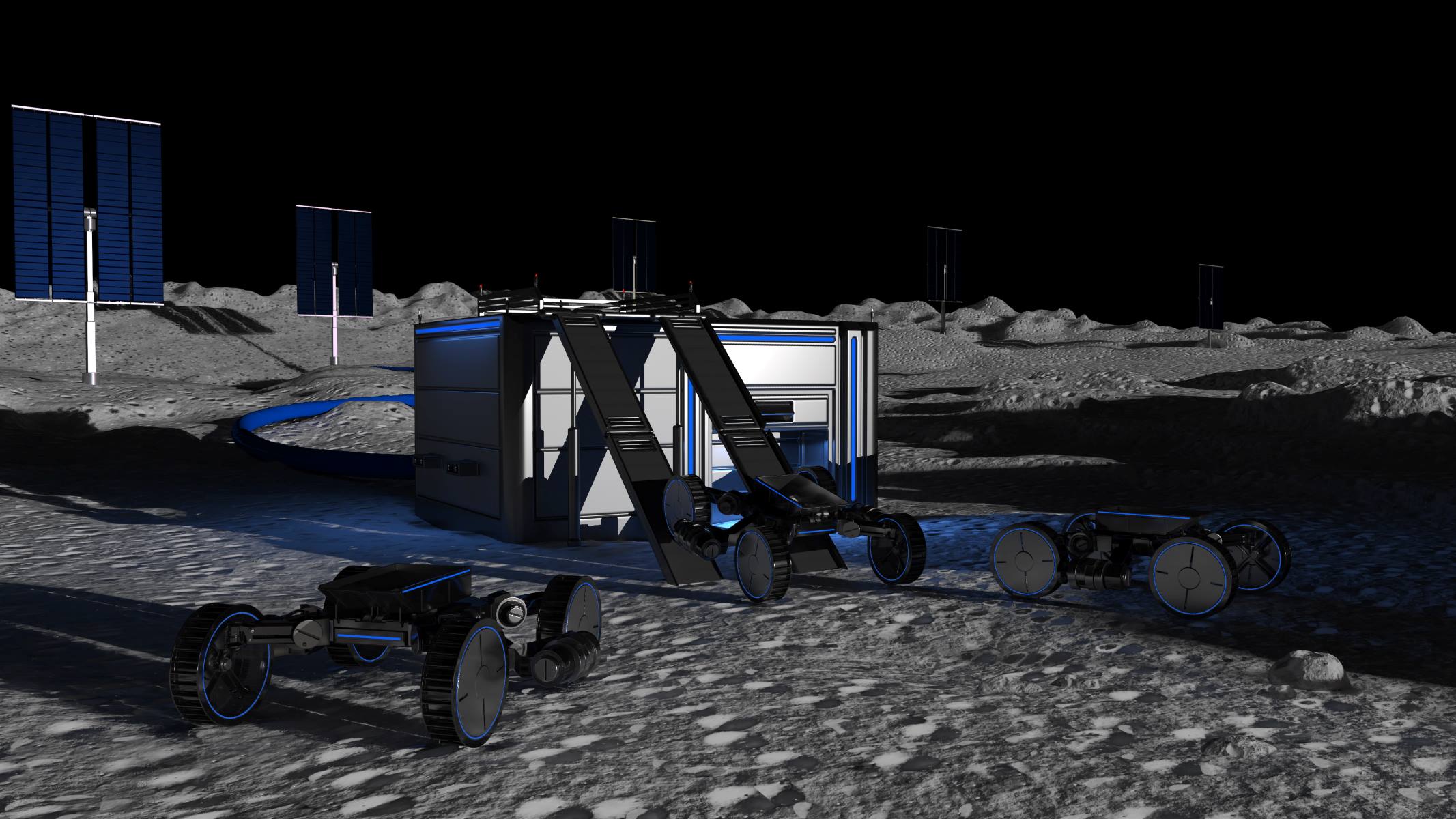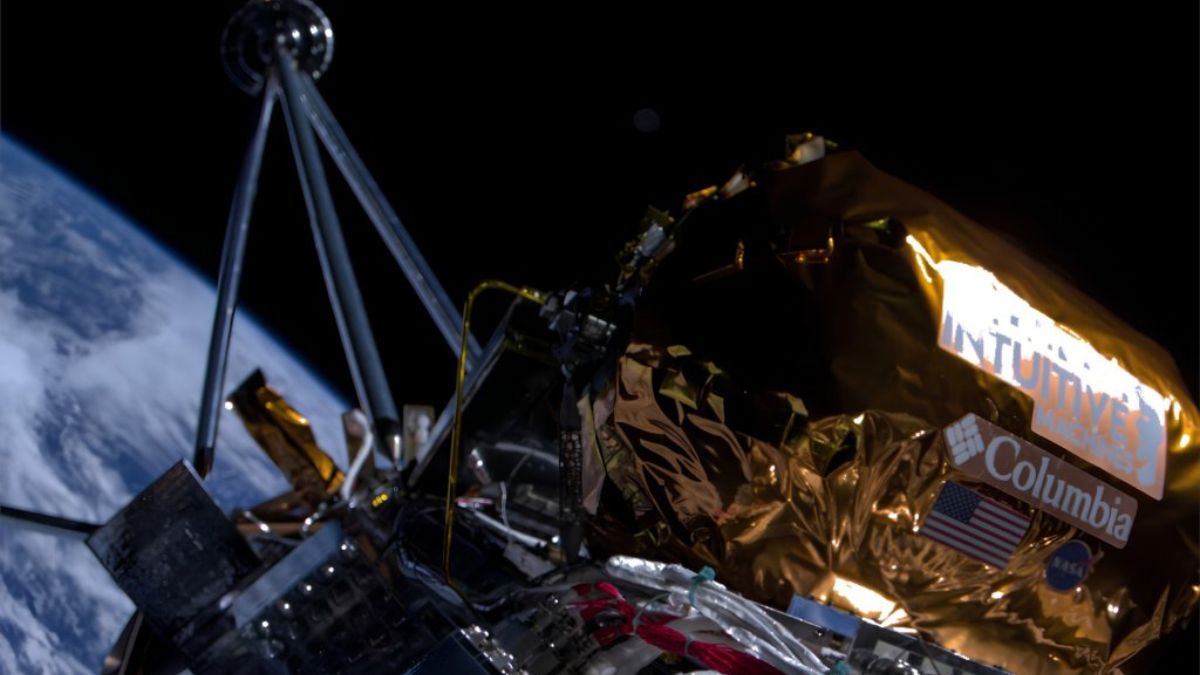DARPA (Defense Advanced Research Projects Agency) is paving the way for a thriving lunar economy by selecting 14 commercial companies to participate in a 10-Year Lunar Architecture (LunA-10) Capability Study. These companies will work together over a seven-month period to develop the technological frameworks that will shape the future of lunar exploration.
Key Takeaway
DARPA’s selection of 14 commercial companies for the Lunar Architecture Capability Study marks a crucial step towards establishing a robust lunar economy. Collaborative efforts among these companies will shape integrated models of commercial activity, leading to technological advancements that support core lunar services and unlock the moon’s potential for future exploration.
Rethinking the Current Paradigm
DARPA believes that establishing commercial markets on the moon requires a shift in mindset. Instead of relying on isolated, self-sufficient systems, the agency envisions an integrated model of commercial activity. This means developing solutions for core lunar services like logistics, construction, and communications.
A Collaborative Effort
The selected companies range from major aerospace firms to smaller space startups. Among them are Blue Origin, SpaceX, and Northrop Grumman. Working in a highly collaborative environment, these companies will design system-level solutions for lunar services. The goal is to create an infrastructure that supports tasks such as in-situ resource utilization, positioning, navigation and timing (PNT), mobility and transit, and robotics.
Unlocking the Moon’s Potential
While specific details about each company’s contribution have not been disclosed, some participants have shared insights into their proposals. Firefly Aerospace plans to develop a framework for on-orbit spacecraft hubs based on its Elytra spacecraft. This framework aims to enable on-demand services, such as refueling, delivery, transport, and de-orbiting, improving on-orbit mission response times. Gitai plans to utilize its Inchworm robot, equipped with tool-changeable end effectors, for lunar labor. Redwire Corporation will focus on high-speed communications and PNT services, recognizing the need for a constellation of cislunar orbiting platforms to support a thriving commercial lunar ecosystem.







